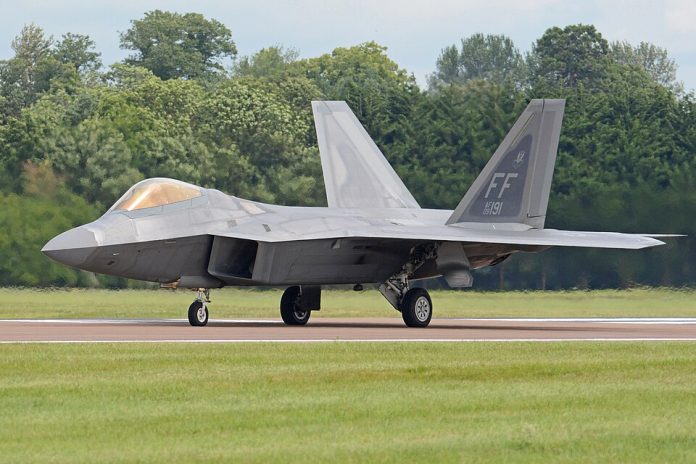
It takes a whopping $85,325 to fly an F-22 Raptor for one hour by the U.S. Air Force. That single figure encompasses the paradox of America’s most-feared fighter jet-an unmatched air dominance platform crippled by crippling costs, dwindling readiness, and a shrinking fleet. The Raptor once enjoyed the reputation of being the finest plane with fifth-generation stealth capability today, it faces a future dictated as much by its frailties as by its strengths.
Born in the late Cold War to counter Soviet airpower, the F-22 entered service in 2004 as a technological marvel. Yet production ended at only 187 airframes, leaving no margin for attrition and no economy of scale. Now, with adversaries like China’s J-20 multiplying and sixth-generation replacements years away, the Air Force is pouring billions into upgrades to keep the Raptor relevant. The following listicle breaks down the most pressing truths about the F-22’s predicament and the high-stakes measures underway to preserve its dominance.
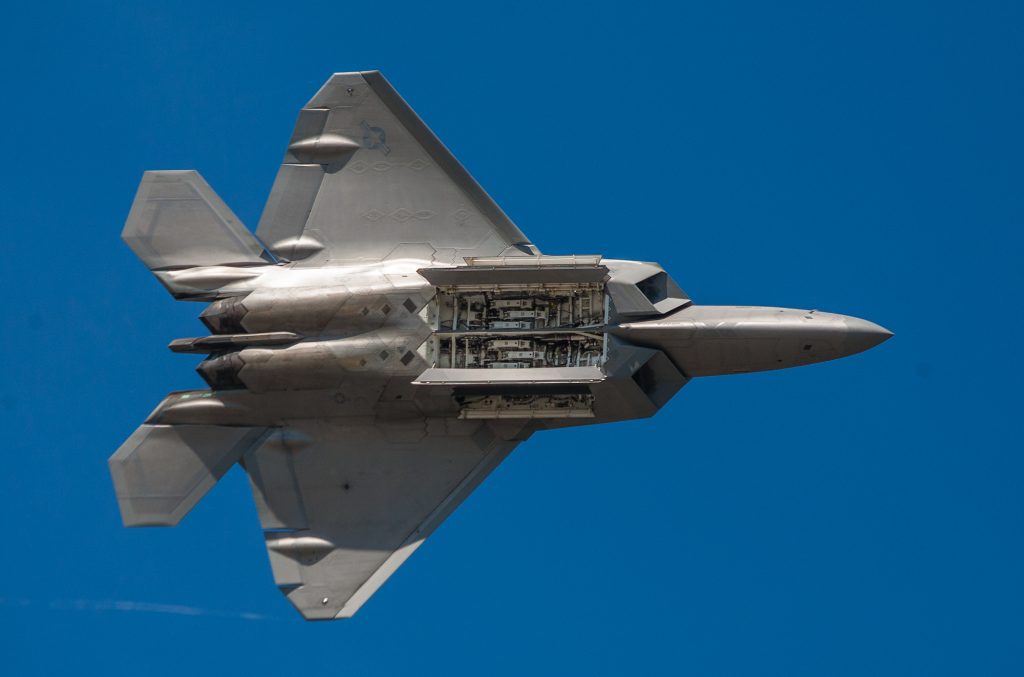
1. A Fleet Too Small to Fail
The Raptor’s production run was cut from an original plan of 381 jets to just 187, with only 143 combat-coded today. Every operational loss or maintenance delay is magnified by this scarcity into a brittle force structure. Congressional bans on export compounded the problem, eliminating foreign sales that could have lowered per-unit costs and funded upgrades. As Gen. Kenneth S. Wilsbach noted, “Right now, frankly, there isn’t an F-22 replacement,” which further raises the urgent need for sustaining even training-configured Block 20 aircraft.
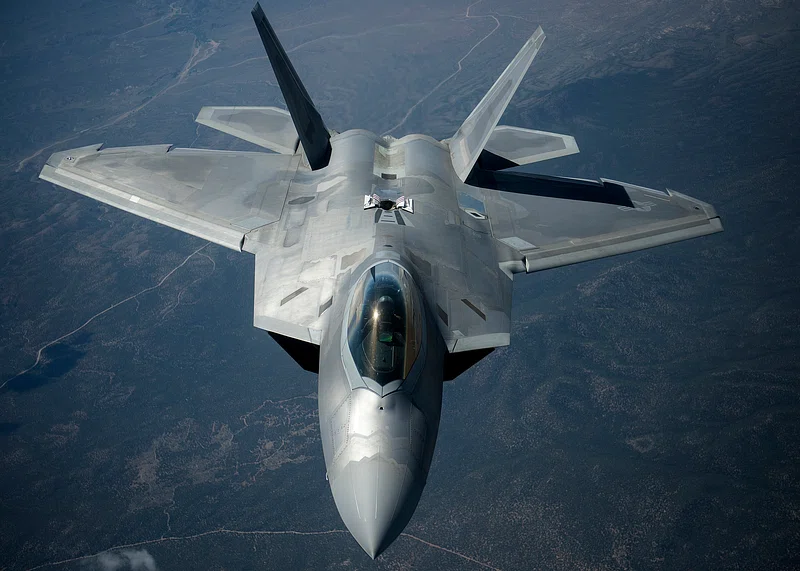
2. The World’s Most Expensive Fighter
By some estimates, every F-22 cost approximately $334 million when total program expenses are factored in, making it the priciest fighter ever deployed. Its flyaway cost alone was $143 million, but low production volume drove up expenses dramatically. Operating costs are similarly punishing an F-22 burns through more than $85,000 per flight hour, far in excess of the F-35A’s $32,500.

3. Readiness in Freefall
According to Air & Space Forces Magazine, mission-capable rates for the F-22 fell from 57.4% in 2022 to only 40.19% in 2024. That shows systemic issues across the Air Force aging fleets, parts shortages, and overburdened depots. Heather Penney with the Mitchell Institute warned that readiness is a “lagging indicator” that will likely continue to worsen until action is taken.
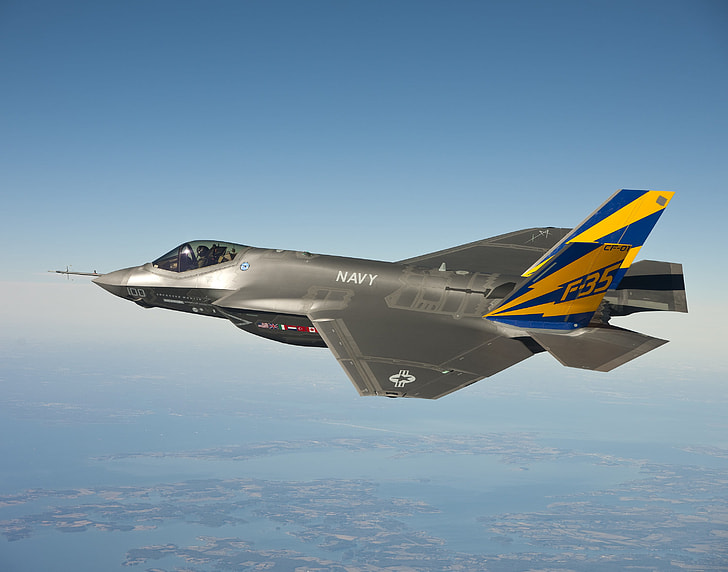
4. Outdated Avionics and Limited Interoperability
While designed in the 1990s, the Raptor’s avionics were not as modular or internally data-sharing as newer fighters such as the F-35. Its Intra-Flight Data Link is also incompatible with allied systems, inhibiting seamless integration in coalition operations. This is where the gap is most salient in a modern networked warfare, where the difference in shared situational awareness can decide engagements before missiles are fired.

5. Range Limitations in a Pacific Fight
It has an unrefueled combat radius of 460 nautical miles, meaning the F-22 was optimized for European theaters and not the vast expanses of the Indo-Pacific. External 600-gallon tanks can extend range to 750 nautical miles but at increased radar signature. Midair refueling is an option, yet tankers are high-value targets in contested airspace, making stealthy range solutions a priority.

6. The J-20: Confronting the Threat
That gap is closing, however, with larger fuel reserves, long-range PL-15 missiles, and expanding production for China’s J-20 Mighty Dragon. The F-22 still enjoys advantages in all-aspect stealth and close-range maneuverability, but the J-20’s capability to threaten AWACS and tankers at extended ranges pushes the Raptor toward more defensive postures.
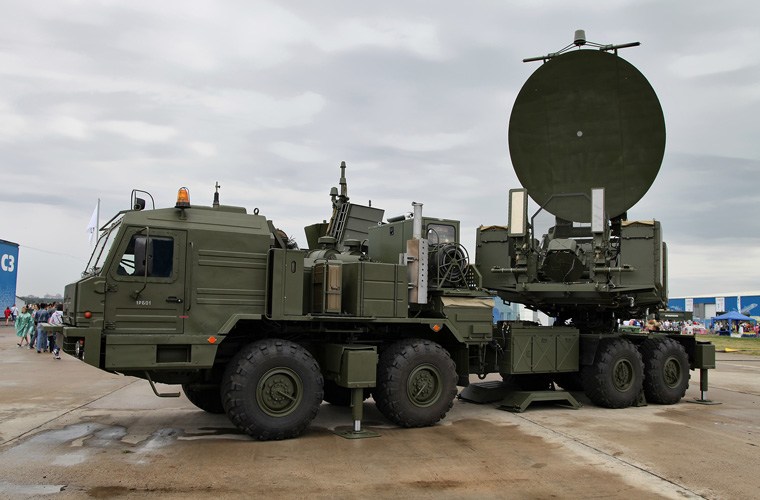
7. The $8 Billion Lifeline
The Air Force has committed to an $8 billion upgrade program to keep the Raptor viable into the 2030s. Part of the enhancements include the IRDS, low drag, external tanks, improved radar, and electronic warfare suites. These upgrades will address survivability, range, and sensor gaps while preserving stealth.
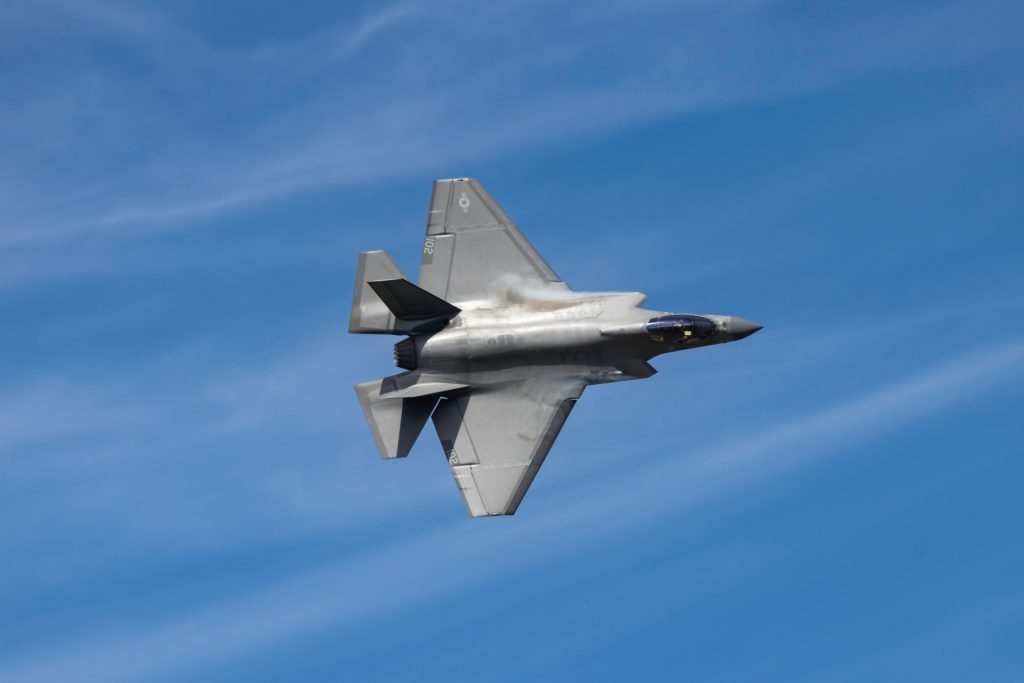
8. Range Extension: Low Drag Tank and Pylon
Lockheed Martin’s Low Drag Tank and Pylon design enables extended missions without degradation in speed or maneuverability. Most importantly, when jettisoned, these tanks have a much smaller radar cross-section compared to legacy pylons. The LDTP would also be relevant to other platforms, like the F-35, as a contributor to reducing tanker dependency in high-threat environments.
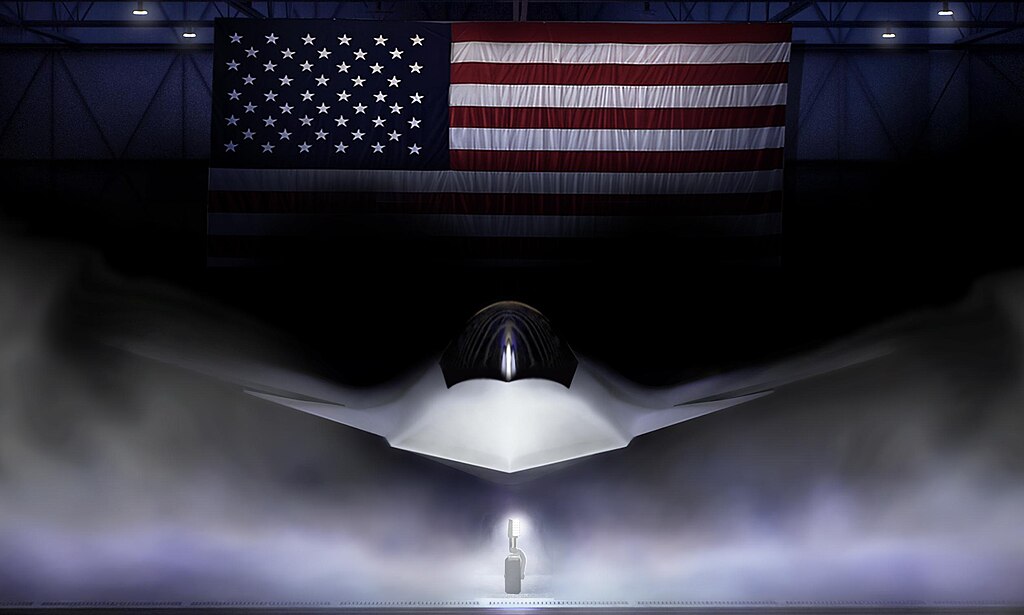
9. Sixth-Generation Bridging Strategy
The F-22, in turn, acts as a bridge until the arrival of the Boeing F-47 NGAD fighter, which will not be here until the latter half of this decade. For now, plans include upgrades to include helmet-mounted displays, infrared search and track pods, and AI-enabled drone teaming-all aimed at imparting the Raptor with partial sixth-gen capabilities at lower cost. As said by Jim Taiclet, CEO of Lockheed, the idea is for “80 percent of the capabilities of the sixth-generation aircraft at half the cost.” The F-22 Raptor is an icon of US air dominance.
However, whether it survives depends on a delicate balancing act of growing costs, shrinking readiness, and more capable adversaries. This multibillion-dollar modernization push is not about transforming the Raptor into a sixth-gen fighter-it’s about buying time. Whether that time is enough will depend upon how quickly the F-47 arrives, how effectively upgrades are fielded, and whether America’s most expensive fighter can remain its most feared.
